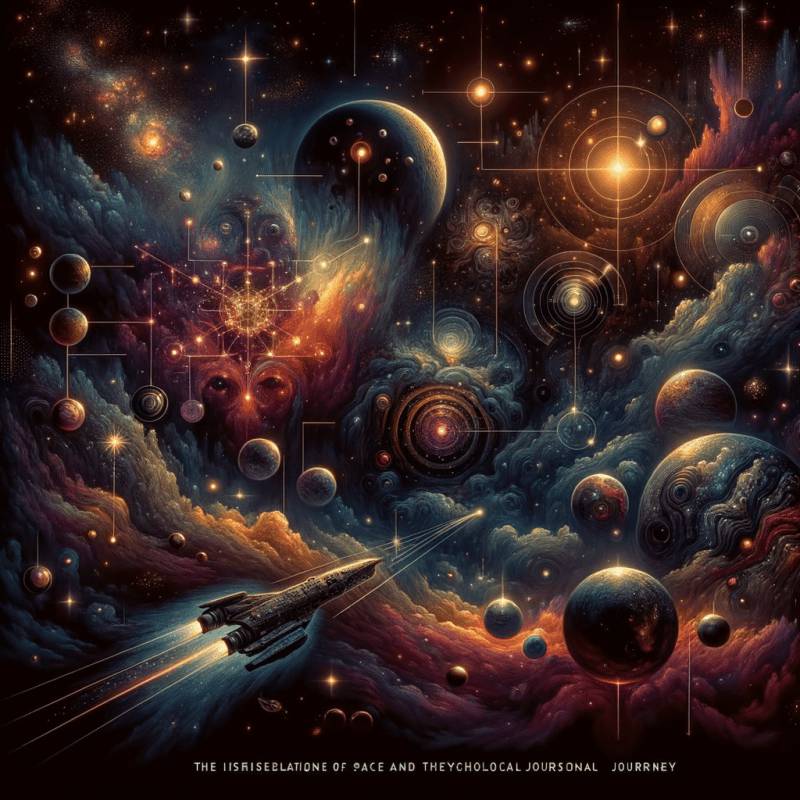The Isolation of Space: Ad Astra and the Psychological Journey

Space, the final frontier, has been a source of fascination and inspiration for filmmakers for decades. From Stanley Kubrick’s 2001: A Space Odyssey to Christopher Nolan’s Interstellar, the vast expanse of the cosmos has been used as a backdrop to explore profound human themes. One such film that delves into the psychological impact of space isolation is James Gray’s Ad Astra.
Ad Astra: A Synopsis
Ad Astra, Latin for “to the stars”, is a 2019 science fiction film starring Brad Pitt as Roy McBride, an astronaut who embarks on a mission across the solar system to uncover the truth about his missing father and his doomed expedition that now, 30 years later, threatens the universe.
The Psychological Impact of Space Isolation
One of the central themes of Ad Astra is the psychological impact of space isolation. As Roy ventures further into space, he becomes increasingly detached from humanity. This isolation is not just physical but also emotional and psychological. The film explores how this isolation affects Roy’s mental state, leading to introspection and self-discovery.
According to a study by NASA, long-term space travel can have significant psychological effects, including depression, sleep disorders, and cognitive impairment1. The isolation and confinement experienced by astronauts can lead to a sense of loneliness and alienation, similar to what Roy experiences in Ad Astra.
Ad Astra and the Hero’s Journey
Ad Astra also draws on the classic narrative structure of the hero’s journey. Roy’s journey into space mirrors his inner journey, a quest for self-discovery and reconciliation with his past. As he ventures further into the cosmos, he is forced to confront his deepest fears and insecurities.
As Joseph Campbell, the noted mythologist, stated, “The cave you fear to enter holds the treasure you seek.”2 In Ad Astra, space is the cave, the unknown that Roy must confront to find his treasure – the truth about his father and himself.
Conclusion: The Human Connection
Ultimately, Ad Astra is a film about the human connection. Despite the vastness of space and the isolation it imposes, the film suggests that our relationships with others are what truly matter. As Roy states in the film, “We’re all we’ve got.”3
Whether it’s the isolation of space or the isolation we experience in our daily lives, Ad Astra reminds us of the importance of connection, empathy, and understanding. It’s a poignant exploration of the human condition, set against the backdrop of the cosmos, that resonates with audiences long after the credits roll.
In conclusion, Ad Astra uses the isolation of space to explore deep psychological themes. It’s a journey of self-discovery, a testament to the human spirit, and a reminder of our need for connection. As we venture further into the cosmos, films like Ad Astra serve as a reminder of the psychological challenges that await us, and the enduring power of the human connection.
Footnotes:
- NASA, “Risk of Adverse Cognitive or Behavioral Conditions and Psychiatric Disorders,” Human Research Roadmap, 2018.
- Joseph Campbell, “The Hero with a Thousand Faces,” 1949.
- James Gray, “Ad Astra,” 2019.



